Inventions are arguably the fuel that drives the engine of modern society forward. Having said that, the best of these don’t always happen by design. There are a surprising number of era-defining moments where fate played a hand as much as a sharp mind and brilliant idea.
Take Coca Cola for instance. The feel good beverage of the century (both this and the last one) was realized in its current form in 1896. Atlanta pharmacist John Pemberton had already mixed an alcoholic version containing wine the previous year. There are conflicting accounts of why he did this in the first place.
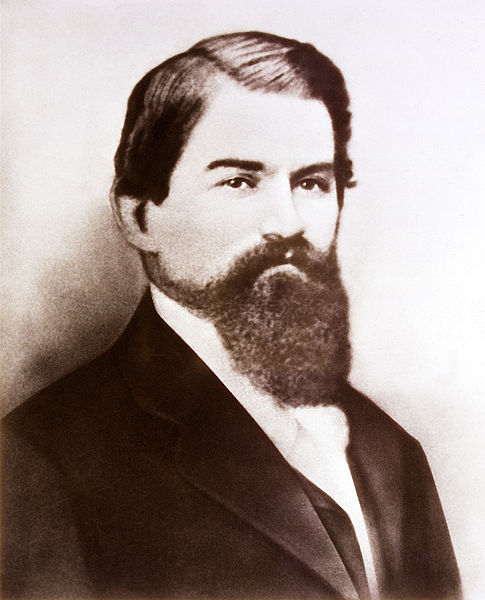
As quoted in a 2013 article for Business Insider, Coca Cola’s Wendy Clark described the origins of the product as “an elixir that would give people a moment of refreshment and uplift, a moment of happiness.”

The article goes on to mention Pemberton’s dependence on morphine, which he used to dull the pain from injuries sustained during the Civil War. Attempting to break the drug’s hold, he whipped up a blend of “wine, cocaine, and caffeine-containing kola nuts” that he called “French Wine Coca.”
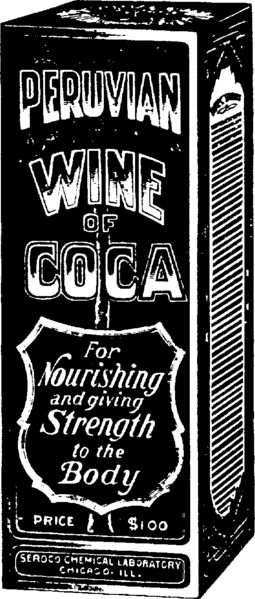
Prohibition saw the booze removed along with the Class A narcotic. As for the final ingredient, that was reportedly down to a sloppy staff member at a local bar.
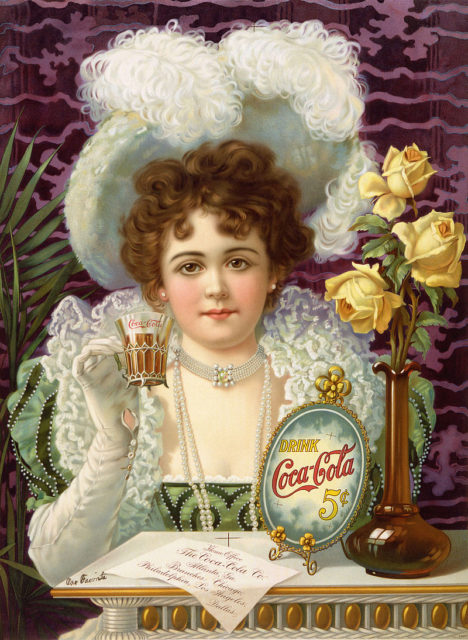
According to History Extra Magazine earlier this year, a “careless barman at a soda fountain nearby accidentally spritzed it with ice-cold soda water from the fountain instead of tap water.” What the world lost in banned substances, it gained in taste and indeed profit.
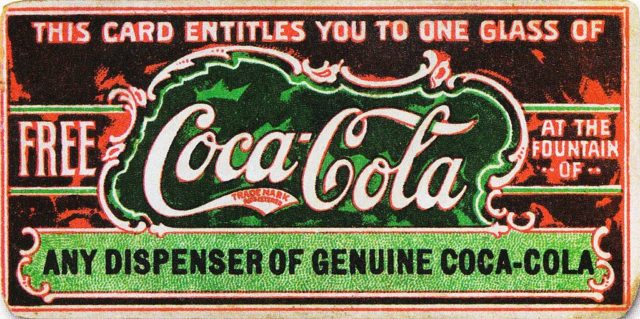
If someone consumes too much Coca Cola they might need an x-ray to inspect the damage. X-Rays were invented nearly a decade later in 1895 by Wilhelm Röntgen, a German physicist.
Röntgen was busy conducting experiments on cathode ray tubes, unaware of the side effect that was about to launch him into the history books of medical technology.
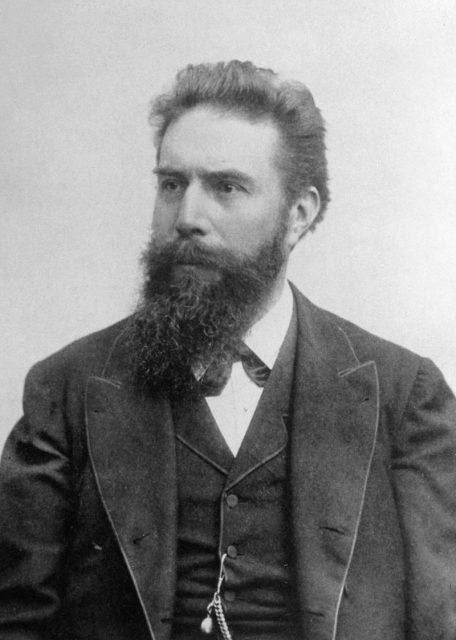
History.com states that he “was testing whether cathode rays could pass through glass when he noticed a glow coming from a nearby chemically coated screen.”
Realizing the glow had managed to pass through cardboard to reach the screen, the physicist did what any eager scientist would do: fetch his wife and get her to stick her hand over the rays. In fairness the dangers from radiation were not yet understood.
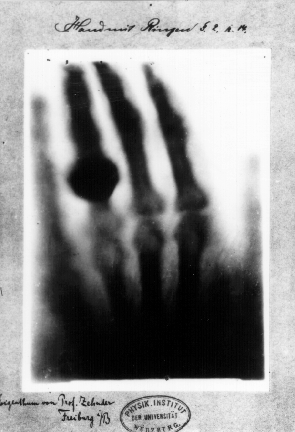
A mere two years later and “X-rays were first used on a military battlefield, during the Balkan War, to find bullets and broken bones inside patients.” If he hadn’t glanced across at that screen, maybe Röntgen wouldn’t have noticed the glow that revolutionized the way doctors examined the human body.
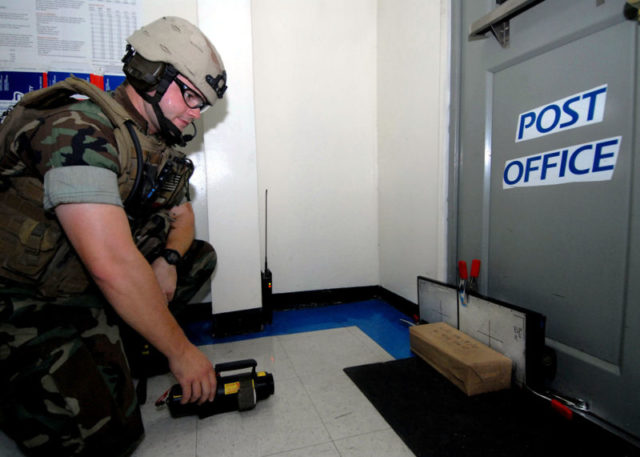
Another major development for medicine was penicillin. Scientists typically work in a highly-disciplined fashion, with hygiene an absolute must to protect against the spread of bacteria. However, the lack of both discipline and cleanliness led to the discovery of penicillin by Scottish-born bacteriologist Alexander Fleming in 1928.
He’d been on vacation, where perhaps science had been the last thing on his mind. Yet when he returned to his home base of St Mary’s Hospital Medical School at the University of London he found nature had taken its course in his absence.
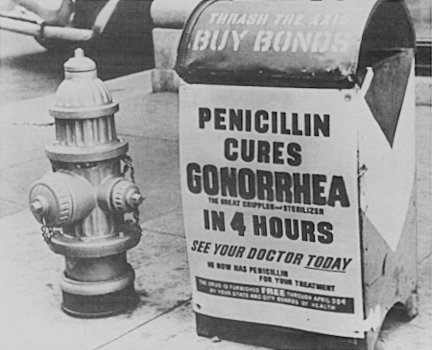
History Extra Magazine describes “a blue-green mould” which “had contaminated a petri dish he had stacked in a corner, unwashed, before leaving. Fleming was about to throw away the culture when he noticed that the mould appeared to be dissolving the staphylococcus bacterium on the dish, creating a germ-free circle around the mould.”
With the assistance of Howard Florey and Ernst Chain, the result became an antibiotic that humanity simply couldn’t do without.
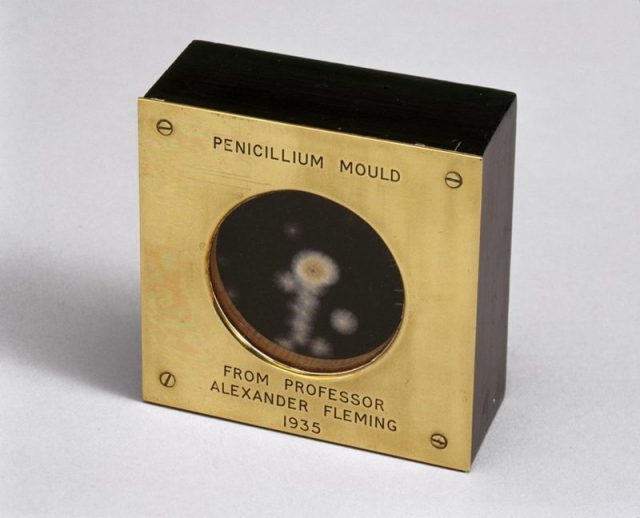
And if there’s one thing people also needed it was a faster way to cook, leading on to the next item on the list.
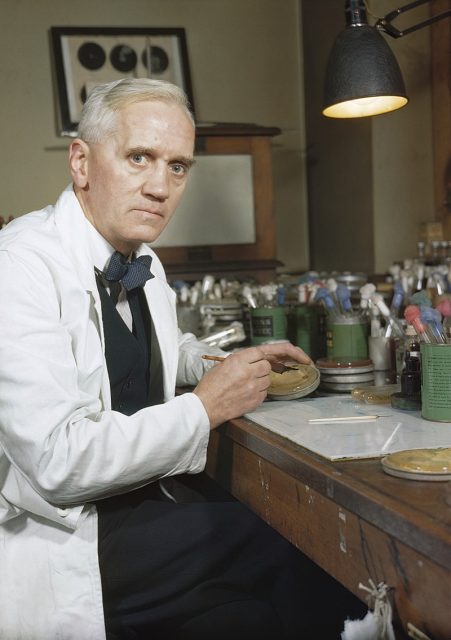
Though the microwave oven is considered a relatively modern invention, it was actually thought of in 1946. The idea took some decades to catch on and many design tweaks were required before it ended up as the popular appliance seen in kitchens around the world today.
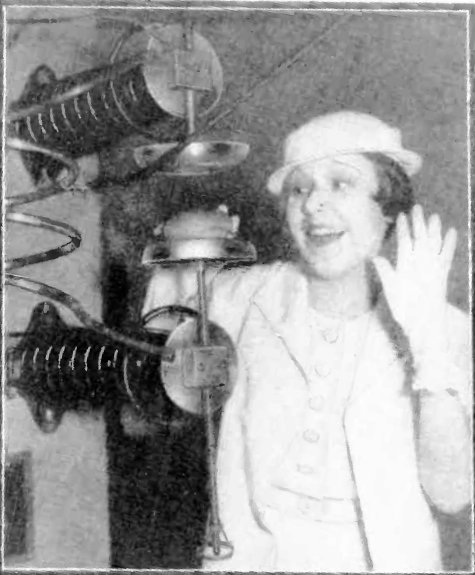
Engineer Percy Spencer from Maine had a job working on magnetrons, tubes which are an essential component of radars. The Livescience website writes in 2017 that “Spencer was testing a magnetron when he noticed that the chocolate bar in his pocket had melted… Intrigued, Spencer tested other foods, including popcorn kernels, and noticed that they all popped.”
He soon twigged the microwave radiation from the magnetrons could have a dramatic effect on the art of cuisine. This was demonstrated most spectacularly when he tried to cook an egg.
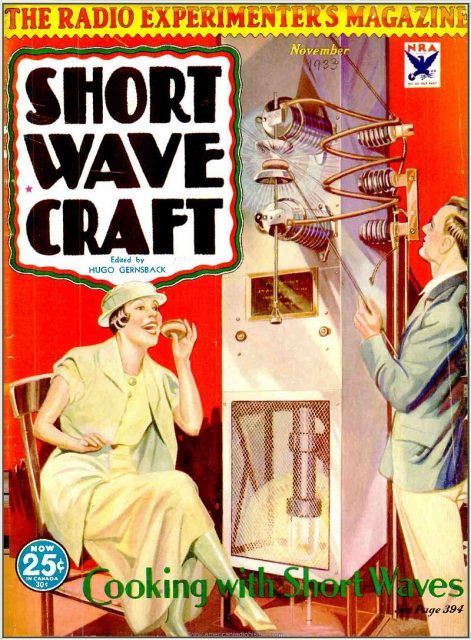
History Extra Magazine details the embarrassing incident. “Cutting a hole in the side of a kettle, he placed the egg inside and passed microwaves over the top. The egg cooked so quickly he was unable to stop it exploding in another worker’s face as he was looking inside the kettle.”
It seems accidents were everywhere during Spencer’s discovery, and just as well. They helped alter the cookery landscape, for better or worse depending on personal taste, and gave scientists a good laugh into the bargain. The yolk was definitely on the unsuspecting worker. In fact could this be the origin of the expression “egg on my face”…?
Now it would be tempting to make the link between eggs and the next choice, but this minefield is best avoided for a family website. Viagra came on the scene in 1998, a mere youth in comparison to the others at 20 years old.
The collective responsibility for the infamous little blue pill (also known as UK92480) lay with a group of scientists at Pfizer Laboratories. Their original purpose was biological, though studies were located further north than where the results finally took them.
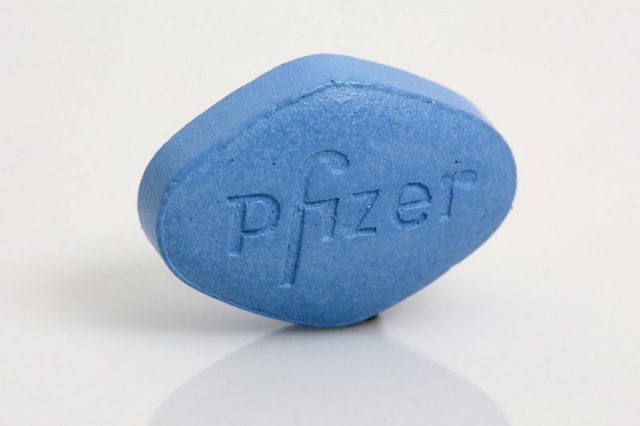
A 2008 piece for Fox News quotes Dr. Brian Klee, who revealed that they were initially “testing sildenafil, the active drug in Viagra, as a cardiovascular drug and for its ability to lower blood pressure… But one thing that was found during those trials is that people didn’t want to give the medication back because of the side effect of having erections that were harder, firmer and lasted longer.”
This unexpected treat became the driving factor behind its marketing to the public. As Fox goes on to explain, the stigma behind men talking about their downstairs issues was removed. They mention the appearance of former high profile politician Bob Dole, who endorsed the pill’s properties in an advertisement.
A less dignified thumbs up was given by actor Jack Nicholson, whose views on the subject weren’t a surprise, yet still raised eyebrows. “I only take Viagra when I’m with more than one woman,” he commented at one point, included in an article for The Telegraph in 2015.
The majority of Viagra takers no doubt use it sparingly. But none of this behavior, bad or otherwise, would have been possible without that twist of medical science.
Read another story from us: Tree Rings are Used to Accurately Date Cataclysmic Prehistoric Events
It goes to show that no matter how carefully scientists research their subject and prepare their experiments, there are always surprises round the corner. No doubt this is all part of the fun for inquisitive experts. A world founded on a roll of the dice as much as deep thought is surely a better place to be as a result.
